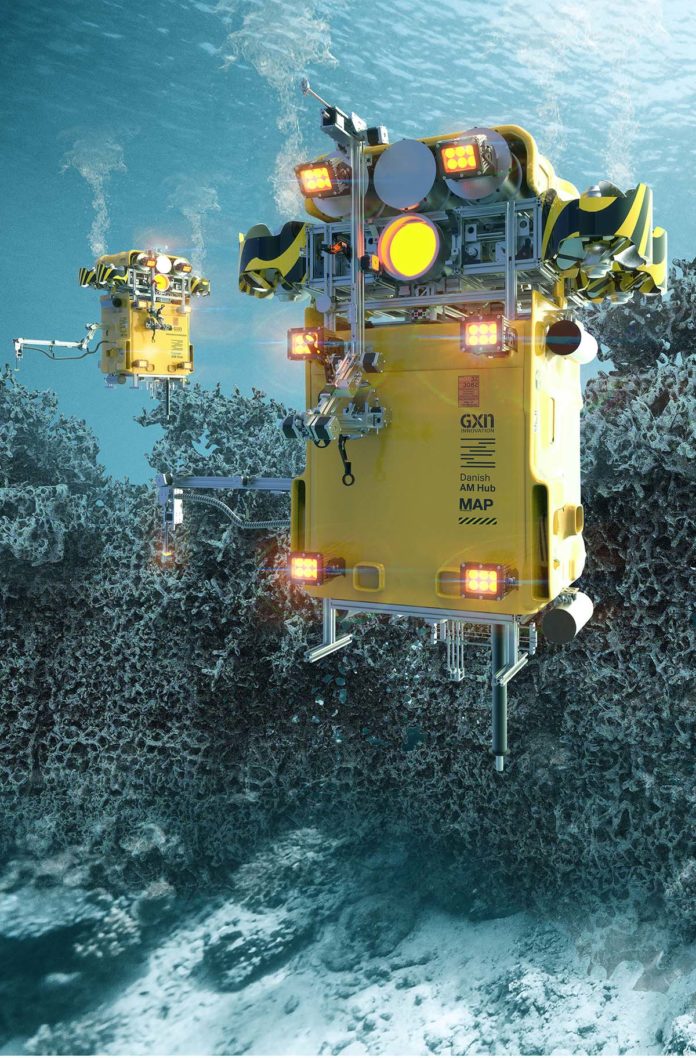“We hope to inspire the additive manufacturing industry to envision new possibilities, which will require combining design and technology to shift our values and our current ways of thinking.”
A recent research from GXN innovation proposes that 3D Printing drones can be used to repair cracks in the planet.
Architecture and construction firms are continuously looking for new solutions to overcome global challenges including damaged coral reefs and the thermal envelopes of high-rises. In this perspective, GXN innovation, an independent research subsidiary of danish architecture firm 3XN, along with the Dansk AM hub, a government-sponsored entity that supports experimentation in additive manufacturing and MAP architects have explored a few solutions to address these issues and came up with the concept of “break the grid”.
Indeed, they have manufactured prototypes of 3D Printing drones that can move on land, in the air, and underwater.
‘Freeing 3D printers to meet these challenges could be a revolution in the making,’ says Kasper Jensen, founder of GXN. ‘By enabling 3D printing robots to crawl, swim, and fly, we can address pressing environmental threats around the world at lower cost and with greater efficiency.’
Significant challenges to consider
Two main challenges the teams of this project encounter are related to the deterioration in the planet’s infrastructure as well as the significant heat and energy loss that results from aging high-rise buildings in some cities.
As far as the first challenge is concerned, the team suggests that 3D Printers could be used to repair micro-cracks, the cause of several other problems. So, the 3D printers would scan areas for their structural integrity and, where necessary, inserting a porous filler mixed with the “fungus trichoderma reesei” to promote the formation of calcium carbonate.
As for the second challenge, the concept of “break the grid” consists in the manufacturing of a 3D Printing drone that could identify and fill thermal bridges in these high-rise buildings, allowing for efficient material-based solutions on a case by case basis. In order to make it happen, further researches on materials should be carried out in order to combine glass with high-performing polymers to provide new thermal insulation to old buildings.
Moreover, the company of 3XN suggests to look at the damaging effects of climate change on costal environments. Indeed, over 10% of the world’s coastal populations live less than 10 meters above sea level, and are becoming more vulnerable to coastal storm surges and catastrophic tsunamis.
“Converging technologies are enabling new approaches to construction,’ explains Mads Kjøller Damkjær, CEO of the dansk AM hub fund. ‘We hope to inspire the additive manufacturing industry to envision new possibilities, which will require combining design and technology to shift our values and our current ways of thinking.’
You can now post free of charge job opportunities in the AM Industry on 3D ADEPT Media.For further information about 3D Printing, follow us on our social networks and subscribe to our newsletter : Facebook, Twitter, LinkedIn & Instagram !Would you like to be featured in the next issue of our digital magazine? Send us an email at contact@3dadept.com






